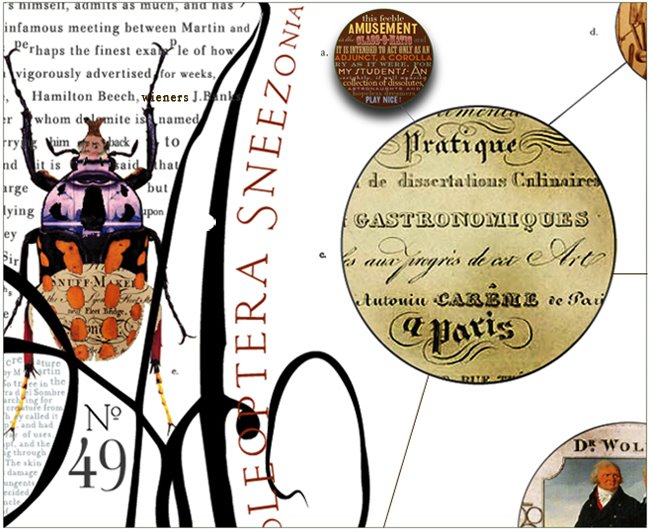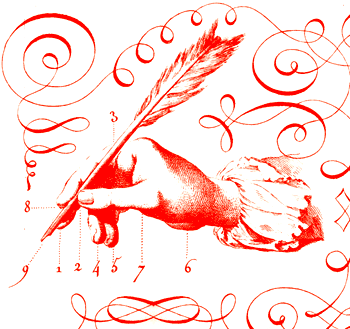
Back in the days of yore when a computer’s interface was, well, less than “friendly” and only understood by the most entrenched computer programmers, a young Steve Jobs took a tour of Xerox PARC.
The company was developing a new graphical user interface (GUI) for computers marketed for corporations, but Jobs saw the future: user-friendly, personal computers that used GUI. He quickly licensed the technology so he could create a “democratic” personal computer.
Eventually, a young woman with a Ph.D. in fine arts came along and helped to create the fonts and icons that made people fall in love with the Apple interface.
That woman was Susan Kare. Back in the early 1980s, Kare was a recent graduate of New York University who had just moved to California’s Bay Area. But even securing a job as a curator at the Fine Arts Museums of San Francisco, the young artist felt like there was more she could be doing.
Specifically, her own art. So, while she was sculpting a steel razorback hog, a friend of hers, Hertzfeld, who was a lead software architect for Macintosh computers, told her that some computer guys were interested in her talent.

Not exactly what she had in mind, but sure. Kare started out designing fonts for the Mac OS, including the first ever proportionally spaced font

Jobs was satisfied with the literary-looking font, and Kare stuck around to start sketching ideas — on graph paper — for the navigational icons that first helped regular people use real, solid and fluent technology. You know the rest of the story .....



No comments:
Post a Comment